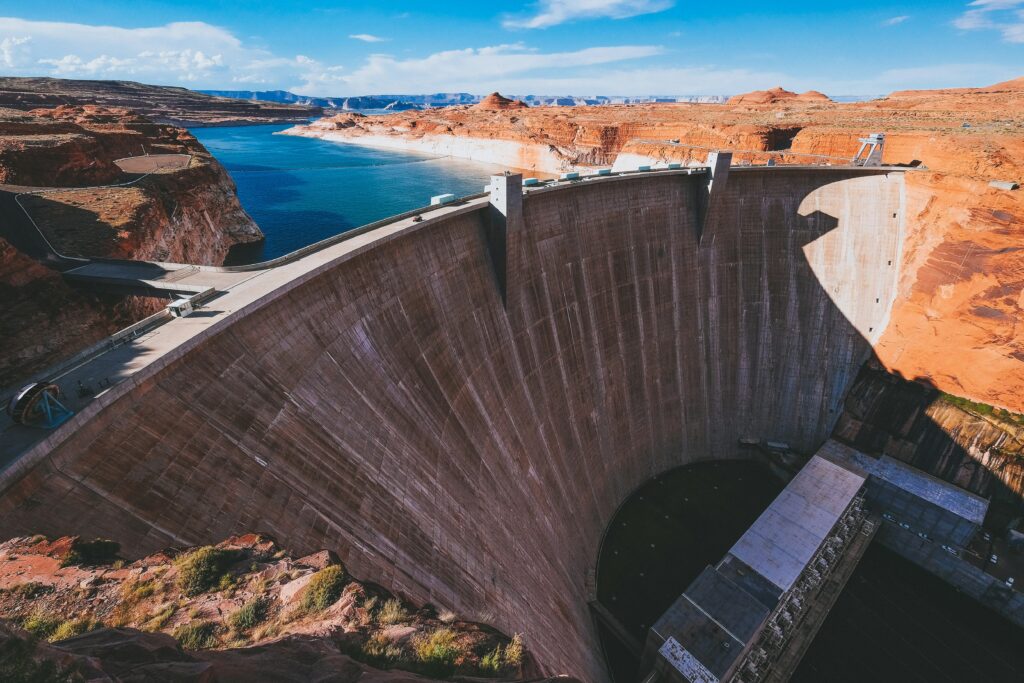
Ethiopia inaugurated the Grand Ethiopian Renaissance Dam (GERD) on Tuesday, marking the largest hydroelectric project in Africa and a significant step in the country’s development goals, Reuters reported.
The GERD now operates at its full capacity of 5,150 megawatts, making it one of the world’s 20 largest hydroelectric dams. The expansive reservoir, larger than Greater London, is expected to improve irrigation stability and flood protection.
At the inauguration in Guba, Prime Minister Abiy Ahmed addressed thousands of people under a large national flag. Fighter jets flew over the powerful waters as regional leaders from Somalia, Djibouti, and Kenya looked on. ‘Ethiopia built this dam to promote prosperity and provide electricity to our region,’ Abiy said. ‘It is not intended to harm our neighbors.’
Located on the Blue Nile, the $5 billion dam is central to Ethiopia’s plans to expand electricity access. The country, with a population of 120 million, aims to power its cities, connect rural areas, and export energy across East Africa.
Ethiopia began filling the reservoir in 2020. The government claims that the phased approach has avoided significant disruptions. Independent researchers confirm that water flow has remained stable, thanks to good rainfall and careful management.
Experts caution that many rural areas still lack sufficient transmission networks. While urban centres experience a reliable power supply, remote villages may take longer to see the full benefits.
Egypt, with a population of 108 million, depends on the Nile for 90% of its freshwater. Officials in Cairo express concerns that the dam could limit water supplies during periods of drought. The foreign ministry has warned of ‘all necessary measures’ to protect national interests.
